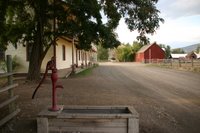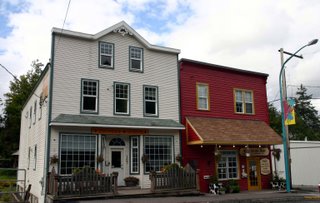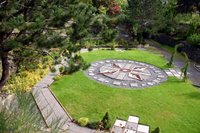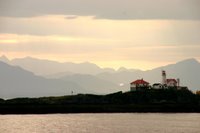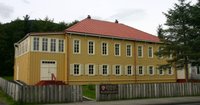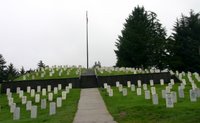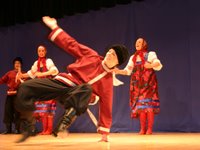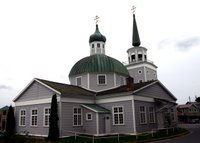Greeley, Colorado
Greeley is a city with small town warmth, tree lined streets, parks, an excellent college and many opportuni ties to enjoy the arts. With the expansive prairie out one door and the towering Rocky Mountains out the other, Greeley is a city of combinations that complement each other beautifully. One can be attired in cowboy hat and jeans and be accepted as readily as in a business suit for a working lunch. The city was named after Horace Greeley who said, “Go West , young man, go West.” Pioneer spirited people followed his advice.
ties to enjoy the arts. With the expansive prairie out one door and the towering Rocky Mountains out the other, Greeley is a city of combinations that complement each other beautifully. One can be attired in cowboy hat and jeans and be accepted as readily as in a business suit for a working lunch. The city was named after Horace Greeley who said, “Go West , young man, go West.” Pioneer spirited people followed his advice.
We arrived in Greeley, CO on a sunny September afternoon excited about getting to see Gloria’s cousin and her husband. Both Nelda and Howard are excellent musicians. Howard, pictured above, was concert master for the phil harmonic orchestras of Greeley, Fort Collins and Cheyenne. Nelda was always sitting in the next chair. Their special instrument is the violin; Nelda still plays, but arthritis has ended Howard’s playing time. Their music with the piano or violin is awesome, but the music they make in their marriage is truly harmonic. They are blessed with four children all musicians, and grandchildren, some of who are following in their footsteps. Several of the in-laws are superior musicians. We enjoyed a video concert with Howard on the violin and Nelda accompanying him on the piano. Other videos featured old family gatherings and celebrations. It was great seeing Gloria’s parents and other relatives in days gone by. We enjoyed several meals provided by Chez Nelda, a super hostess.
harmonic orchestras of Greeley, Fort Collins and Cheyenne. Nelda was always sitting in the next chair. Their special instrument is the violin; Nelda still plays, but arthritis has ended Howard’s playing time. Their music with the piano or violin is awesome, but the music they make in their marriage is truly harmonic. They are blessed with four children all musicians, and grandchildren, some of who are following in their footsteps. Several of the in-laws are superior musicians. We enjoyed a video concert with Howard on the violin and Nelda accompanying him on the piano. Other videos featured old family gatherings and celebrations. It was great seeing Gloria’s parents and other relatives in days gone by. We enjoyed several meals provided by Chez Nelda, a super hostess.



















